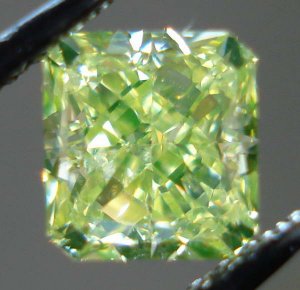- Joined
- Sep 20, 2008
- Messages
- 25,230
Are there coatings that cause this color, or other types of treatment? I''m not sure if I''m asking this in the right part of the PS forum, so if it is not, please let me know. This diamond could be natural in color, but I would like to know if this color can be simulated in a diamond this color.
This is a screen capture from an unenhanced video, and the color is not being caused by fluorescence.

This is a screen capture from an unenhanced video, and the color is not being caused by fluorescence.











300x240.png)